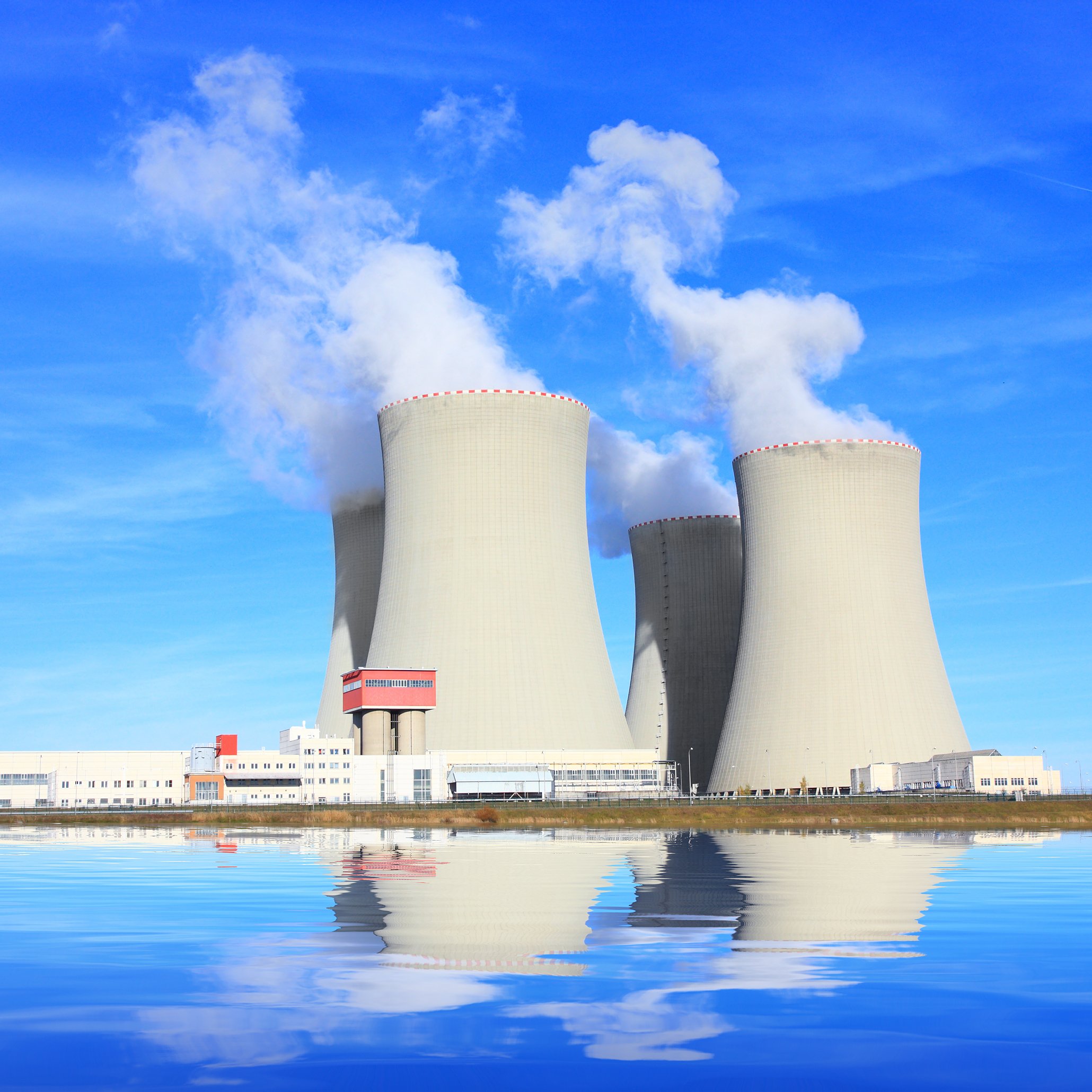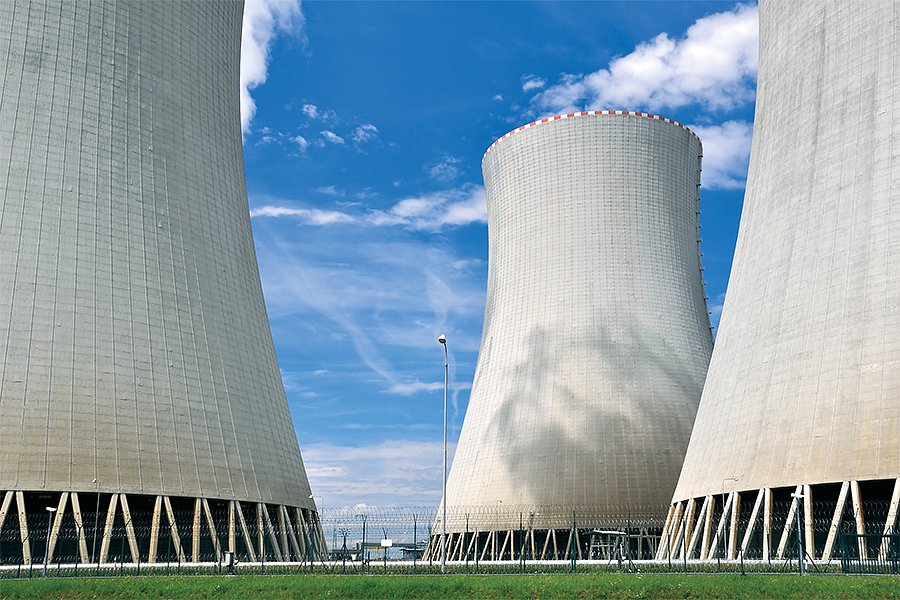

A UHS can be the same water source used for power plant cooling (lake, river, or ocean) or it can be a separate, dedicated water supply. During an accident, a UHS may need to supply 10,000 to 30,000 gallons of water per minute for emergency cooling. These water sources, called Ultimate Heat Sinks (UHS), are used to cool the reactor, which will continue to produce heat long after it is turned off. In the event of a serious accident, such as an overheated reactor, a nuclear power plant is required by federal regulation to have an emergency supply of water that can continue to cool the plant for at least 30 days. Radioactively contaminated water can then be discharged to local water sources after treatment in “liquid radwaste systems” if radioactive discharges are below federal limits. Nuclear cooling systems are designed so that if pipes begin to leak, local water runs into the plant rather than radioactive water leaking out. The main difference between nuclear reactor types is that pressurized water reactors keep the boiler water separate from the reactor, which allows this water to be kept free of radioactivity.

Illinois has 11 reactors-the most of any state-and joins South Carolina and New Hampshire in receiving more than 50% of its power from nuclear. There are currently 92 commercial reactors helping to power homes and businesses in 28 U.S. Nuclear power plants are designed to run 24 hours a day, 7 days a week because they require less maintenance and can operate for longer stretches before refueling (typically every 1.5 or 2 years). That’s about 1.5 to 2 times more reliable as natural gas (54%) and coal (49%) plants, and roughly 2.5 to 3.5 times more reliable than wind (34%) and solar (25%) plants.

Nuclear power plants operated at full capacity more than 92% of the time in 2021-making it the most reliable energy source in America. Nuclear energy is the most reliable energy source in America The water is heated by a process called fission, which makes heat by splitting apart uranium atoms inside a nuclear reactor core. They produce power by boiling water to create steam that spins a turbine. Nuclear power plants do not emit greenhouse gases while generating electricity. Nuclear energy provided 50% of America’s carbon-free electricity in 2021, making it the largest domestic source of clean energy. Nuclear power provides 50% of America's clean energy reactors have supplied around 20% of the nation's power since the 1990s and are the largest producer of nuclear energy in world. That's enough to power more than 70 million homes! U.S. nuclear power plants generated 778 billion kilowatt hours of electricity in 2021. Nuclear power plants produced 778 billion kilowatt hours of electricity in 2021


 0 kommentar(er)
0 kommentar(er)
